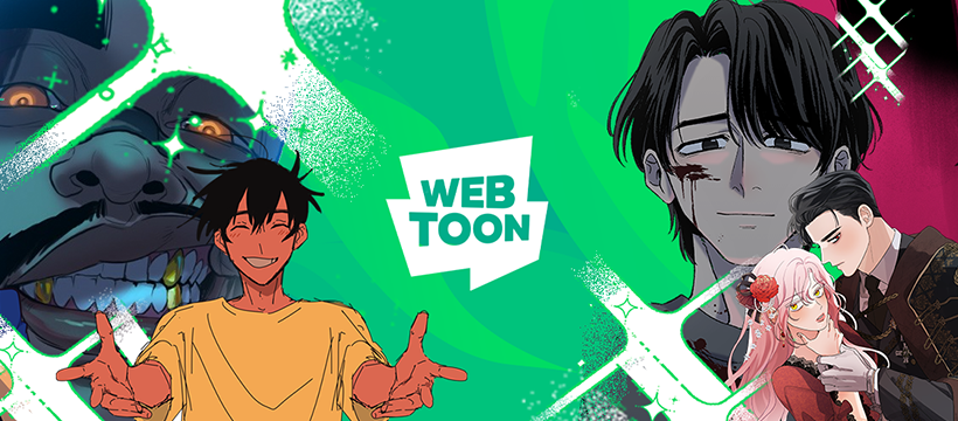In the ever-evolving landscape of entertainment, one medium has emerged as a fascinating blend of visual art and storytelling: webtoons. Originally popularized in South Korea, 웹툰 무료 have quickly become a global phenomenon, reshaping the way we consume comics and offering an innovative platform for creators to reach a broader audience. But what exactly are webtoons, and why have they captured the imagination of millions worldwide?
What is a Webtoon?
A webtoon is a digital comic that is typically published on the internet, often through specialized apps or websites. Unlike traditional printed comics, webtoons are optimized for smartphones and web browsers, with a unique vertical scrolling format designed to enhance the reading experience. This design makes them more accessible and user-friendly, allowing readers to scroll down the page to follow the narrative, rather than flipping pages. Webtoons can range from short, episodic series to more complex, long-running stories, and they cover a variety of genres, including romance, fantasy, horror, drama, action, and even slice-of-life.
The Rise of Webtoons: A Global Shift
While webtoons originated in South Korea during the early 2000s, their rise in popularity coincided with the increasing ubiquity of smartphones and high-speed internet. The format was tailored for a younger, digital-savvy audience that preferred reading comics on their devices instead of traditional print. What set webtoons apart from other comics was their integration of interactive features such as animated sequences, sound effects, and the ability for readers to engage with creators through comments and fan communities.
By the mid-2010s, webtoons began to spread beyond Korea’s borders. Platforms like LINE Webtoon, Tapas, and Lezhin Comics became global hubs for creators and readers alike. In fact, one of the key reasons for the rapid expansion of webtoons worldwide is their ease of accessibility. With apps available in multiple languages, webtoons found an eager audience in the U.S., Southeast Asia, Europe, and Latin America.
The Appeal of Webtoons
1. Accessibility and Convenience:
Perhaps the biggest draw of webtoons is their accessibility. Webtoons are free or available at very low cost, which appeals to young readers who may not have the means to purchase traditional comics. They can be read on a smartphone or tablet anytime, anywhere, making it a perfect medium for busy, on-the-go readers.
2. Diverse and Inclusive Storytelling:
Webtoons offer an array of genres that cater to all types of readers. From fantasy realms with dragons and magic to real-world dramas tackling mental health and social issues, webtoons don’t shy away from bold and diverse storytelling. As such, they have become a platform where creators from different backgrounds, genders, and cultures can express their stories, promoting a more inclusive range of narratives. Webtoons have empowered marginalized voices, giving artists and writers the opportunity to share stories that may not fit the mold of traditional comics.
3. High Engagement with Fans:
One of the most unique features of webtoons is their ability to foster direct communication between creators and readers. Through comment sections, fan polls, and even live-streamed events, readers can engage with the creators in real-time. This level of interaction helps build a loyal fanbase and often shapes the direction of ongoing stories. Webtoon creators often receive instant feedback from their audience, which can influence future episodes, plot twists, or character development.
The Impact on the Comic Industry
Webtoons have significantly impacted the traditional comic industry. They’ve introduced new ways of consuming and creating comics, blurring the line between animation and comic books. The vertical format and infinite scroll provide an immersive experience that print comics or traditional manga cannot replicate. Webtoons also allow for a faster publishing schedule. While printed comics often require weeks or even months to release, webtoons can update weekly or biweekly, maintaining a constant and immediate connection with readers.
Additionally, the mobile-first format has led to collaborations between webtoon creators and other media industries. Many popular webtoons have been adapted into dramas, films, and even games, especially in South Korea. International streaming platforms like Netflix have also jumped on the webtoon bandwagon, bringing popular webtoons to a wider audience.
Key Webtoon Platforms and Creators
The success of webtoons would not be possible without the platforms that host and distribute them. LINE Webtoon, Tapas, Lezhin Comics, and Tappytoon are some of the largest platforms where readers can find webtoons across different genres. These platforms provide easy navigation, interactive features, and a curated collection of both free and premium webtoons.
Prominent webtoon creators include names like Yumi’s Cells creator Lee Dong Gun, Lore Olympus creator Rachel Smythe, and Tower of God creator SIU. These creators have achieved immense fame through their webtoon works, with some even receiving international accolades and having their stories adapted into other media formats like animated series or live-action adaptations.
Future of Webtoons
The future of webtoons is bright, with the medium continuously evolving and expanding. As more readers discover the format, webtoons are becoming a legitimate force in the world of entertainment. The rise of webtoons is helping to shift traditional comic storytelling into a more digital and interactive age.
With an increasing number of webtoons being adapted into television shows, films, and even virtual reality experiences, the influence of webtoons will only grow. As more creators experiment with this dynamic and adaptable medium, we can expect even greater diversity in stories, art styles, and formats.
In conclusion, webtoons are not just a passing trend but a digital revolution that has reshaped the way stories are told and consumed. Their accessibility, interactivity, and ability to break down barriers make them an incredibly exciting and unique medium, and as they continue to evolve, they may very well change the landscape of visual storytelling forever.
